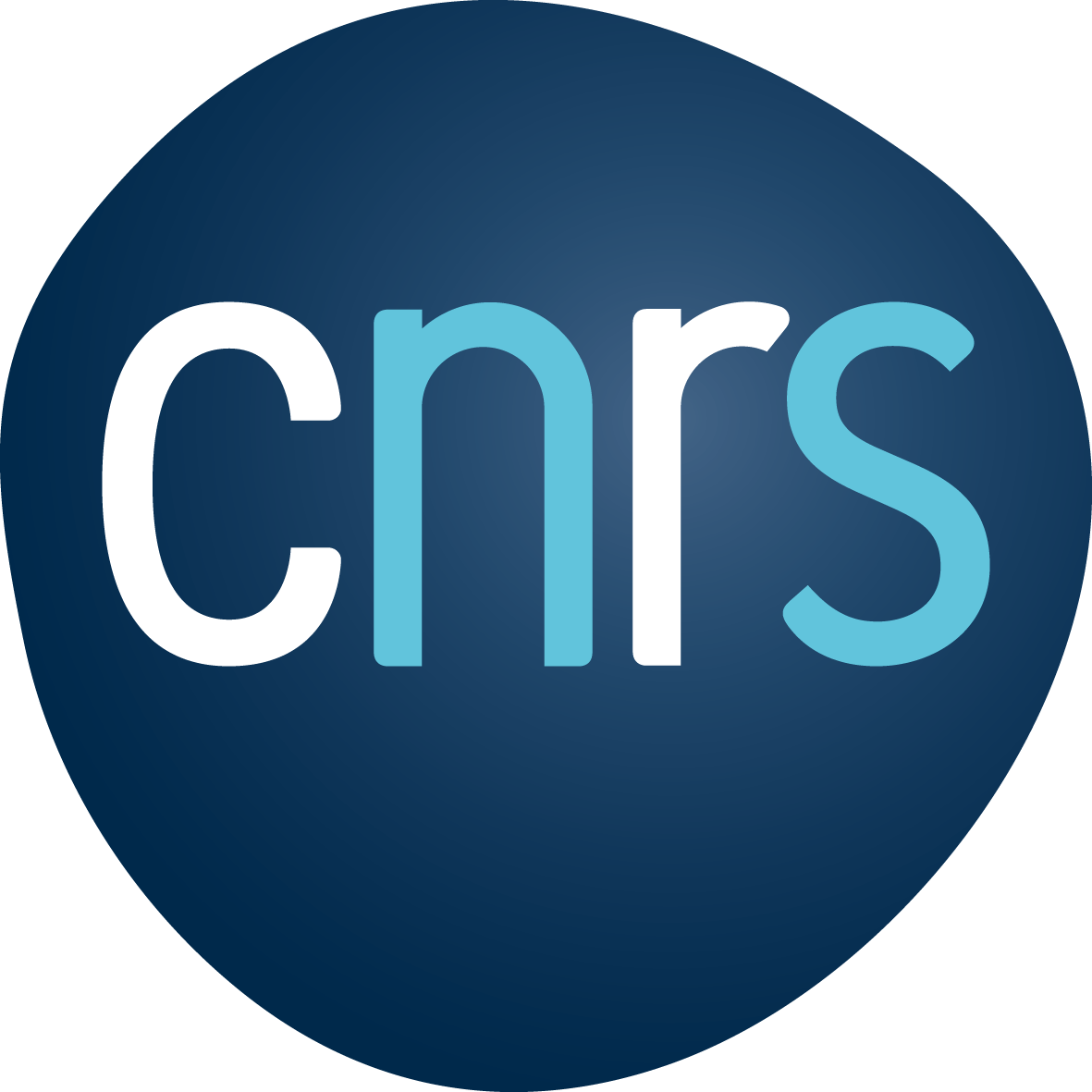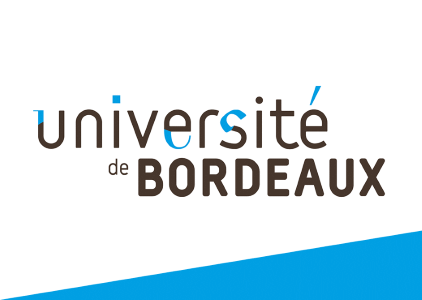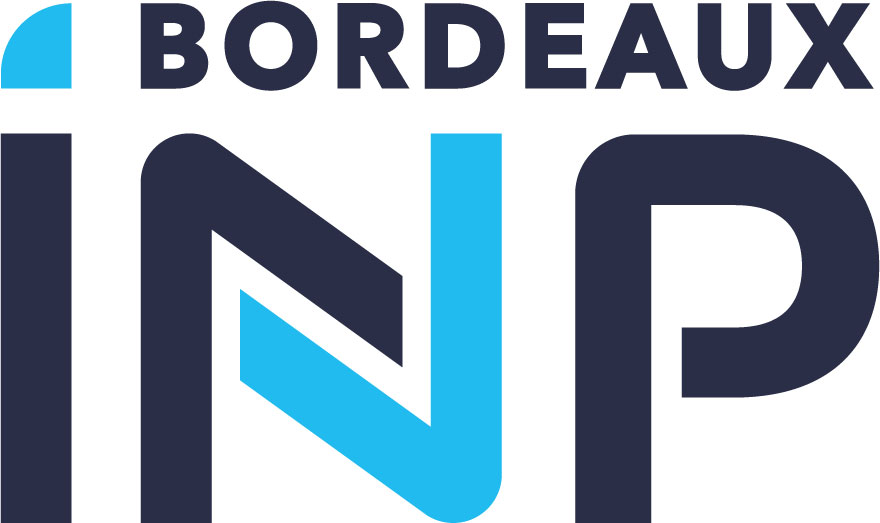Challenges in chirality induction in iron oxide nanoparticles: in situ vs ex situ growth on helical nanoplatforms
Résumé
The integration of chiral and magnetic properties has gained increasing interest due to its potential for enabling magneto-chiral phenomena. However, the development of nanoscale chiral systems that exhibit strong responsiveness to both light and magnetic fields remains largely underexplored. In this context, we investigate the use of silica nanohelices as a chiral platform for inducing circular dichroism (CD) in iron oxide nanoparticles (NPs). Two strategies are compared: an ex situ approach, where the NPs are synthesized independently and then grafted onto the helices, and an in situ approach, where the NPs are directly formed on the surface of the helices. This comparison enables us to evaluate the chirality induction arising from helicoidal assembly versus chiral shape, respectively. The efficiency of each strategy was assessed by electronic CD (ECD) and magnetic CD (MCD) spectroscopies. The results show that chirality induction on iron oxide nanocrystals is negligible with the ex situ method, whereas weak but unambiguous ECD signals are observed following the in situ approach. Furthermore, a comparative analysis of chirality induction in magnetite (Fe3O4) vs. maghemite (γ-Fe2O3) with both strategies is presented and discussed.



